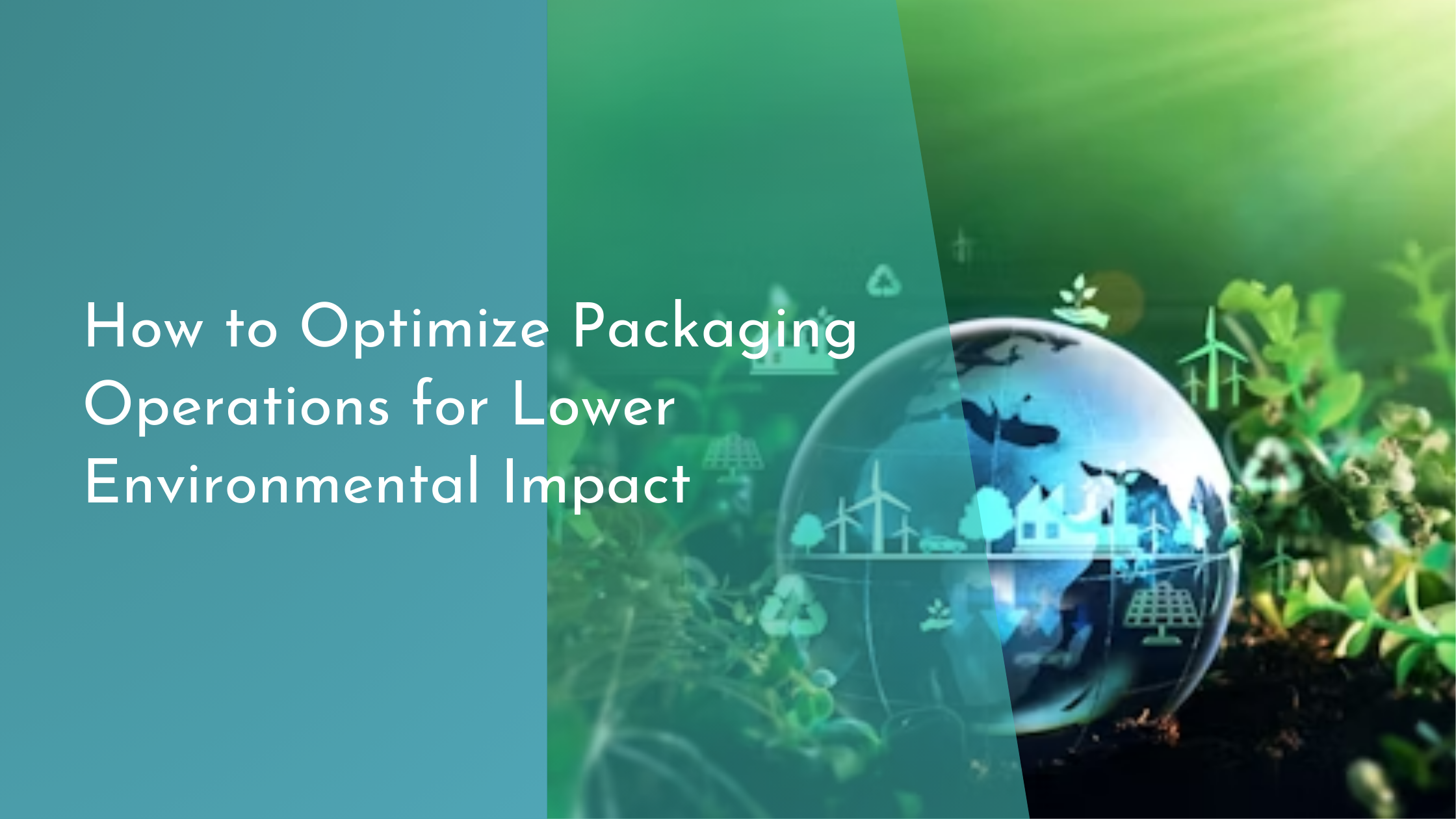How to Optimize Packaging Operations for Lower Environmental Impact
Reducing the environmental impact of packaging is a critical step for businesses aiming to embrace sustainability while also appealing to eco-conscious consumers. By optimizing packaging operations, companies can significantly minimize waste, reduce carbon footprints, and contribute positively to environmental conservation. This article will guide you through the essential steps in transforming your packaging operations to be more sustainable and efficient.
Assessing Current Packaging Practices
Before making any changes, it’s essential to have a clear understanding of your current packaging practices. Begin by conducting a comprehensive audit of your packaging materials and processes. This audit should assess the types of materials used, the volume of materials consumed, and the efficiency of your packaging operations. Identify areas where waste is most significant, such as excessive use of packaging or reliance on non-recyclable materials. Understanding these elements will provide a baseline from which improvements can be measured.
Once the assessment is complete, analyze the data to highlight inefficiencies and environmental impacts. This might involve looking at the lifecycle of your packaging materials, from production to disposal. Consider factors like energy consumption, waste generation, and potential for recycling or reuse. By having a detailed picture of your current practices, you can prioritize which areas to target for improvement, ensuring that your efforts are both strategic and impactful.
Embracing Sustainable Materials and Design
Switching to sustainable materials is one of the most effective ways to lower the environmental impact of your packaging. Consider using biodegradable, compostable, or recyclable materials instead of conventional plastics and non-renewable resources. Materials like cardboard, bamboo, or bioplastics are excellent alternatives. Not only do these materials break down more easily in the environment, but they also often involve less energy-intensive production processes.
Alongside materials, rethink your packaging design to minimize waste. This might mean reducing the size of your packaging, eliminating unnecessary components, or opting for designs that require less material. Innovative designs such as modular or collapsible packaging can also enhance efficiency in storage and transportation, further reducing environmental impact. Engage with designers who specialize in sustainable packaging to explore creative solutions that meet your needs while being kind to the planet.
Implementing Efficient Packaging Processes
Efficiency in packaging processes can significantly reduce both costs and environmental impact. Streamlining your packaging line through automation or adopting lean manufacturing principles can cut down on waste and increase productivity. By implementing just-in-time production techniques, you can minimize overproduction and excess inventory, leading to less waste and more efficient use of resources.
Additionally, consider optimizing your logistics for better sustainability. This might involve redesigning packaging to better fit on pallets, thereby maximizing space and reducing the number of shipments required. Implementing advanced planning software can also help in predicting demand more accurately, allowing for better resource allocation and reduced wastage. With these process improvements, you’ll be able to reduce your carbon footprint and enhance operational efficiency simultaneously.
Educating and Engaging Your Team
The success of any sustainability initiative depends heavily on the engagement and education of your team. Start by providing training sessions that highlight the importance of reducing environmental impacts and the role of packaging in sustainability. Make sure your team understands the benefits of using sustainable materials and efficient processes, both for the environment and the company’s bottom line.
Moreover, foster a culture of innovation and accountability by encouraging team members to contribute ideas for further improvements. Create an open forum where employees can share insights and suggestions for optimizing packaging operations. Recognizing and rewarding these contributions can further motivate your team to embrace sustainable practices. By making sustainability a collective goal, you not only improve packaging operations but also strengthen team cohesion and morale.
Optimizing packaging operations for lower environmental impact is an ongoing journey that requires commitment and innovation. By assessing current practices, embracing sustainable materials, streamlining processes, and engaging your team, you can significantly reduce your environmental footprint. As consumer demand for eco-friendly products continues to rise, businesses that prioritize sustainability will not only contribute positively to the planet but also gain a competitive edge in the marketplace.


